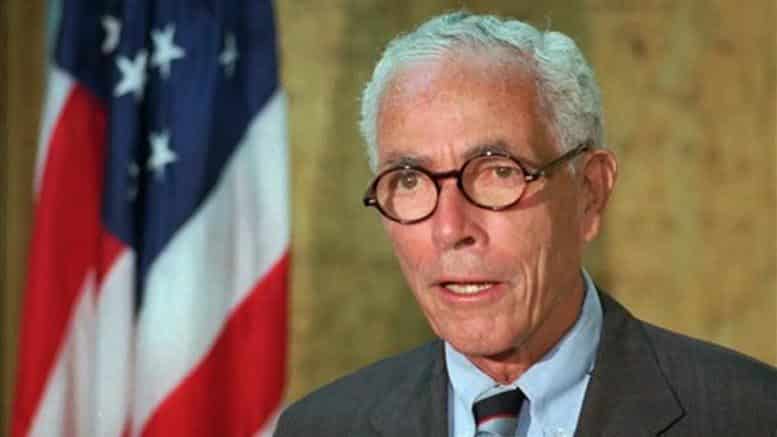The Pell Grant program is considered the cornerstone of the federal student aid system. But when the late Sen. Claiborne Pell (D-Rhode Island) in the early 1970s proposed the federal grant program that could help many low- and moderate-income families go to college, the American Association of Community Colleges (AACC) and the College Board were the only two higher education organizations that backed his idea.
The proposal, in part, called for a different way to distribute federal education grants. They would go directly to students rather than to institutions, which gave students the flexibility to use them at any eligible postsecondary institution.
Editor’s note: This article comes from “American Association of Community Colleges: A Century of Success” (AACC, 2020)
“Of the so-called ‘Big Six’ of higher education associations…community colleges were alone in pushing his student aid proposal,” AACC’s Frank Mensel wrote in a column in the association’s Community College Times newspaper upon Pell’s death in 2009.
It wasn’t that the other associations opposed it, but they were backing a proposal that would primarily benefit students of four-year institutions, said Mensel, who at the time was AACC’s vice president of government relations. Many members of Congress, which at the time was working on reauthorizing the Higher Education Act (HEA), also supported the alternative plan.
Pell’s proposal for the then-called Basic Educational Opportunity Grant program did make it into the Senate’s reauthorization HEA bill. Initially, prospects didn’t look good for the program to make it into the final Senate-House comprise legislation. Rep. Edith Green (D-Oregon), chair of the House postsecondary subcommittee who in 1965 introduced the original HEA, instead supported the alternative proposal for annual institutional grants.
But the soft-spoken and well-respected Pell didn’t give up. He had a strong ally across the aisle in ranking Republican Sen. Jacob Javits (New York). Their bipartisan effort helped win support to include the grants in the final bill.
The grants, which were renamed Pell grants in 1980, officially rolled out in the 1972-73 academic year, serving about 170,000 students. Today, the program annually serves about 7 million students, 2.5 million of whom are community college students.
Mensel noted that Pell grants rank alongside the Land-Grant Act and the GI Bill as the greatest pieces of legislation in higher education history.
“The Pell Grant clearly became the most far-reaching workforce development program Congress has enacted, because it is the door the American Dream and marketable job skills for legions of less-affluent students and workers pursuing better employment and life-long learning,” he wrote.
Pell always remembered AACC’s support for his program and would agree to interviews and even occasionally write commentary articles for the association’s Community College Journal.
AACC continues to advocate for Pell grants.

